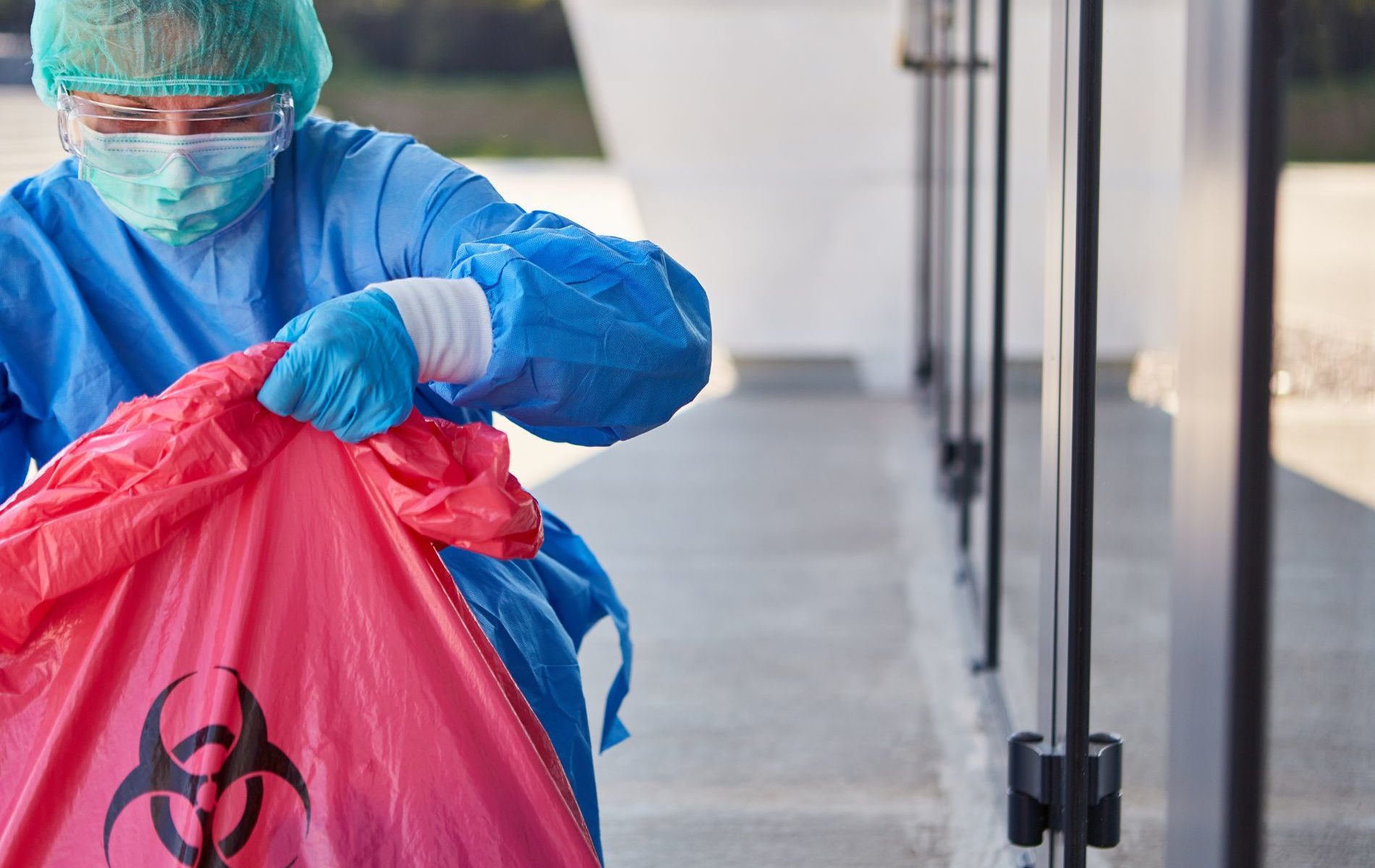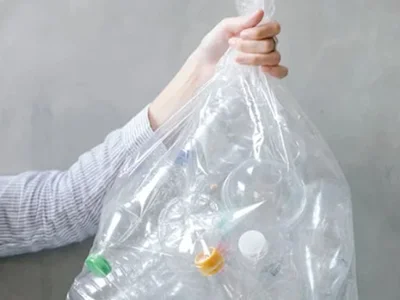Reclaim Waste Fundamentals Explained
Table of ContentsMore About Reclaim Waste9 Easy Facts About Reclaim Waste ExplainedNot known Incorrect Statements About Reclaim Waste Reclaim Waste for BeginnersReclaim Waste for Beginners
Residential sewer waste refers to the waste and products from a household septic storage tank. The correct management and disposal of domestic sewage waste require fluid waste to be moved to a sewer therapy plant where the correct methods and devices are applied to cleanse and dispose of waste.
Business waste commonly consists of potential hazards, such as flammable products or a mixture of fluid and strong waste products, and requires an advanced and thorough disposal process. The disposal of business waste usually includes the filtering of waste before transport to guarantee secure and appropriate disposal. Industrial waste is created from results and runoff of commercial procedures and manufacturing.
This sort of waste can not make use of the exact same sewage administration transportation or processes as septic or business liquids. The industrial waste management process calls for the evaluation and screening of liquid waste prior to it undertakes the disposal process (liquid waste removal melbourne). Runoff waste is the fluid waste that comes from overflow and excess stormwater in highly booming locations or cities
Runoff waste can trigger contamination and flooding if not handled correctly. Making certain appropriate waste management can prevent disasters and decrease ecological injury.
4 Simple Techniques For Reclaim Waste
Get in touch with PROS Providers today to discover our waste management and disposal services and the appropriate methods to look after the liquid waste you produce.
(https://www.easel.ly/browserEasel/14532007)Do you understand what occurs to your water when you pull the plug, purge the toilet or drain pipes the cleaning maker? No? Well, it deserves understanding. This so-called 'wastewater' is not only an important resource but, after treatment, will certainly be launched to our land, waterways or the sea. Used water from bathrooms, showers, bathrooms, kitchen sinks, laundries and industrial procedures is known as wastewater.

water used to cool machinery or clean plant and equipment). Stormwater, a kind of wastewater, is overflow that moves from agricultural and urban areas such as roofs, parks, yards, roads, paths and rain gutters right into stormwater drains, after rain. Stormwater moves without treatment straight to neighborhood creeks or rivers, ultimately getting to the ocean.
Our Reclaim Waste Diaries
In Queensland, the majority of wastewater is dealt with at sewage treatment plants. Wastewater is transferred from residential or industrial websites via a system of drains and pump stations, recognized as sewerage reticulation, to a sewer therapy plant.
The Department of Natural Resources advises city governments concerning managing, operating and maintaining sewerage systems and treatment plants. In unsewered locations, local federal governments may call for householders to mount individual or house sewage therapy systems to deal with domestic wastewater from commodes, cooking areas, shower rooms and laundries. The Department of Natural Resources authorises making use of family systems when they are verified to be efficient.
Most stormwater receives no treatment. In some new communities, treatment of some stormwater to remove trash, sand and crushed rock has click reference begun utilizing gross pollutant catches. Wastewater therapy occurs in 4 phases: Gets rid of strong matter. Larger solids, such as plastics and other things wrongly released to sewers, are removed when wastewater is travelled through displays.
Wastewater after that streams into big containers where solids settle and are removed as sludge. Oil and scum are skimmed from the surface area. Makes use of small living microorganisms recognizes as micro-organisms to break down and get rid of staying dissolved wastes and fine fragments. Micro-organisms and wastes are incorporated in the sludge. Removes nitrogen and phosphorus nutrients that might create algal blooms in our rivers and endanger water life.
Not known Details About Reclaim Waste
Nutrient removal is not offered at all sewer treatment plants because it requires pricey specialist tools. Clear liquid effluent created after treatment might still contain disease-causing micro-organisms - liquid waste removal.

This generally suggests wastewater has actually to be dealt with or contaminants removed before it can be released to waterways. A lot of wastewater streams right into the sewerage system. Under the Act, city governments administer approvals and licences for ecologically pertinent activities (Ages) involving wastewater releases that may have a local influence. The division provides approvals and licences to Ages involving wastewater releases that might have a local or statewide impact.
Examine This Report on Reclaim Waste
Monitoring gives factual information regarding water high quality and can verify that permit problems are being met. The information gotten through surveillance supplies the basis for making water top quality decisions.